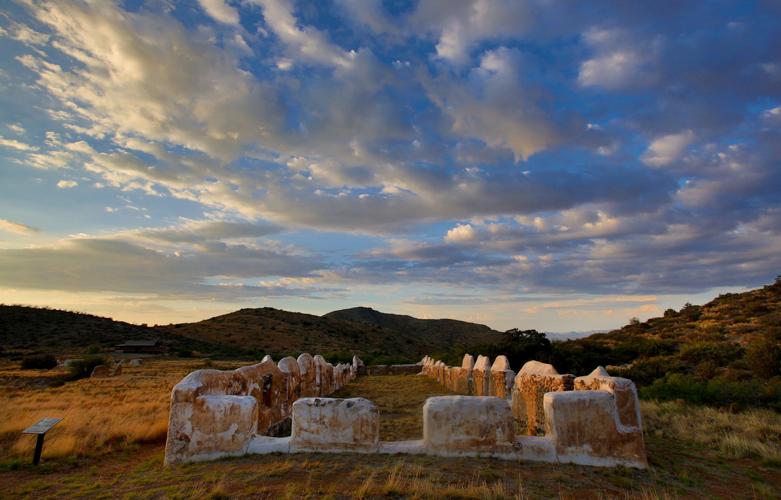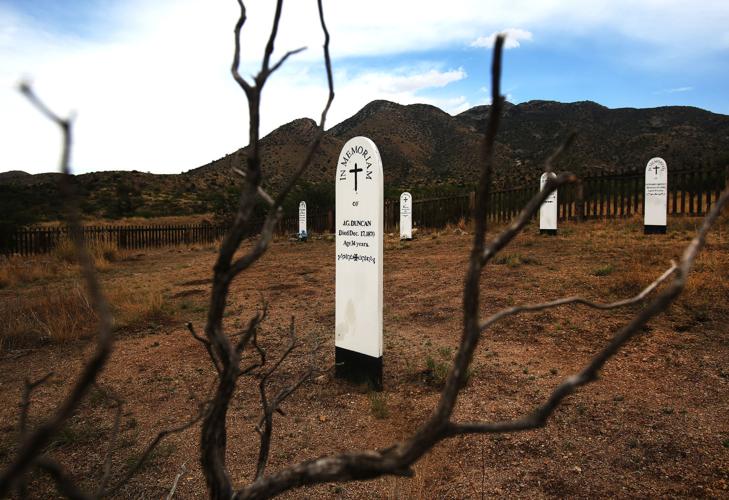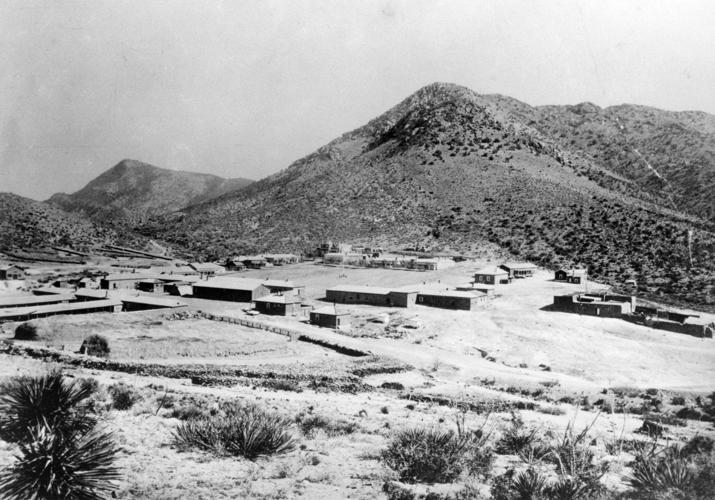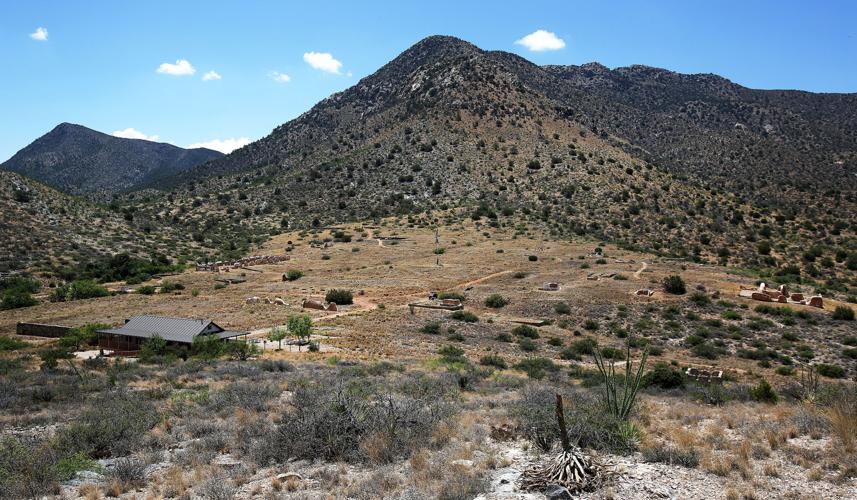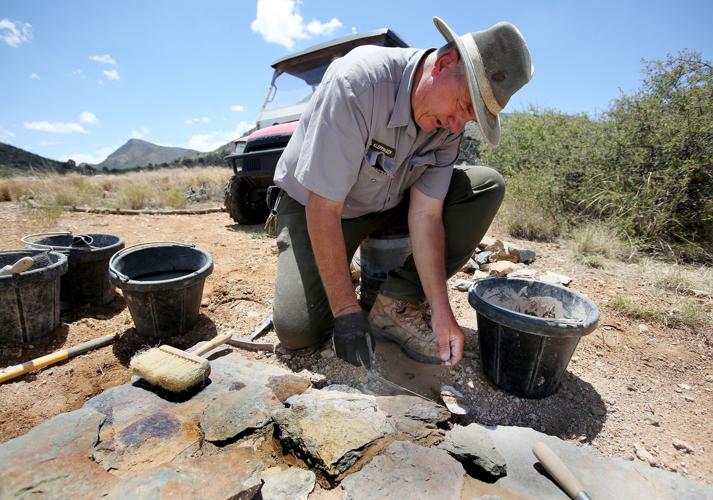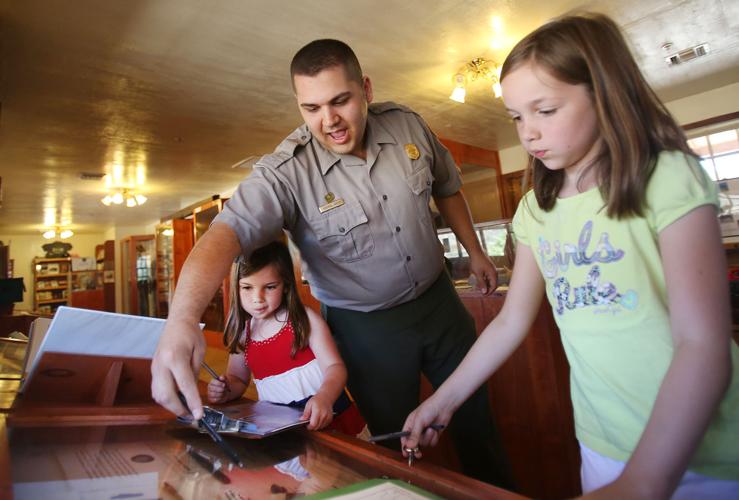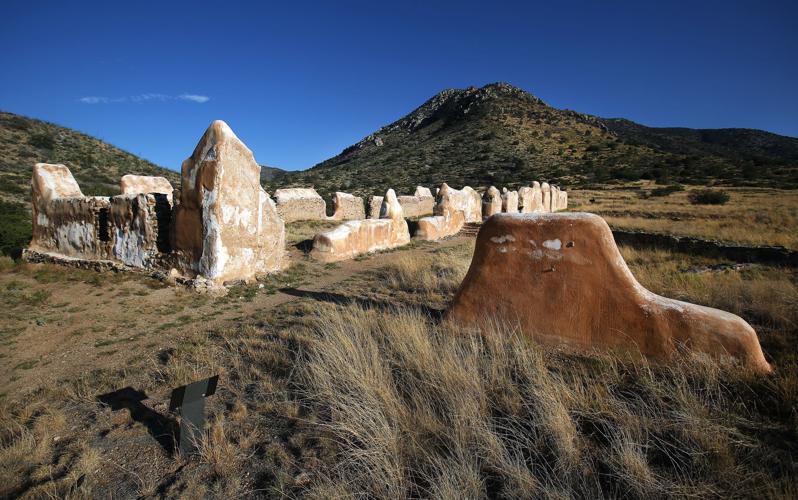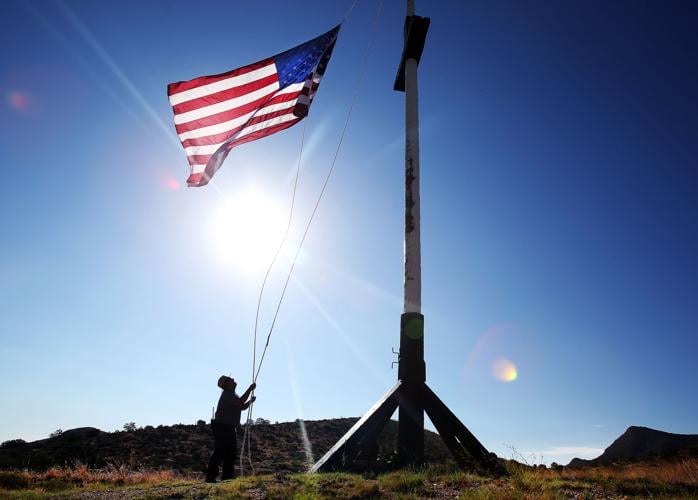FORT BOWIE — A a critical U.S. military outpost during the bloody Apache Wars from the early 1860s to 1886 is now a ghost post of crumbling walls and deserted streets in a remote area 116 miles east of Tucson.
Preserved as a national historic site, Fort Bowie provides insight into a clash of cultures between a young, increasingly powerful nation and a hunter-gatherer society fighting to preserve its existence.
“Fort Bowie National Historic Site, at 999 acres, is the smallest of three areas in Cochise County managed by the National Park Service,” said Allen Etheridge, superintendent of the site. “Yet its story is large and has national and regional significance.”
The site southeast of Willcox “was established to preserve the structures and natural features of the former U.S. military outpost that played a key role in the decades-long campaign against the Chiricahua Apaches, which ended with the surrender of Geronimo in 1886,” Etheridge said.
Sparked in part by an 1861 kidnapping that was wrongly blamed on the legendary Apache warrior Cochise, fighting between soldiers and Apaches raged intermittently until Geronimo’s surrender.
REMOTE LOCATION
“The reason that the fort was situated in such a remote desert location was Apache Spring, which to this day remains a reliable fresh water source,” Etheridge said. “For centuries, indigenous peoples had relied on the spring for survival as they traversed Apache Pass, the most direct accessible route between mountain ranges.”
Buildings at the fort in its heyday included the officers’ quarters, infantry barracks, granary, guardhouse, hospital and stables. Ruins of some of the buildings remain today.
“But Fort Bowie offers more than just visiting the remains of the former military outpost,” Etheridge said. “The story is quite complex as it explores and educates visitors on the tensions, conflicts and tragedies with the Apaches as the young United States expanded westward. As part of the westward expansion, the Butterfield Overland Mail Route had a stagecoach stop here.”
VISIT THE FORT
Drive: From Tucson, take Interstate 10 east past Willcox to the town of Bowie. Take the first Bowie exit, drive through town, and follow the signs for Fort Bowie National Historic Site. Turn south on Apache Pass Road and drive 13 miles to the Fort Bowie trailhead.
Hike: A moderate 1.5-mile hiking trail leads from the trailhead to the ruins of the fort and a visitor center.The three-mile round-trip hike to the fort and back to the trailhead traverses diverse mile-high terrain of rolling grasslands and oak woodlands where hikers often spot birds and other wildlife.
Alternative access: “We encourage visitors to hike in,” said Etheridge. “But those that may not have the ability to make the walk can access the fort via our administrative road.”
Hours and visitor center: The Fort Bowie site is open every day from sunrise to sunset. The visitor center is open 8 a.m. to 4 p.m. Wednesdays through Sundays. It’s closed on Mondays and Tuesdays.
Site admission: Free
Information: 1-520-847-2500 or www.nps.gov/fobo


